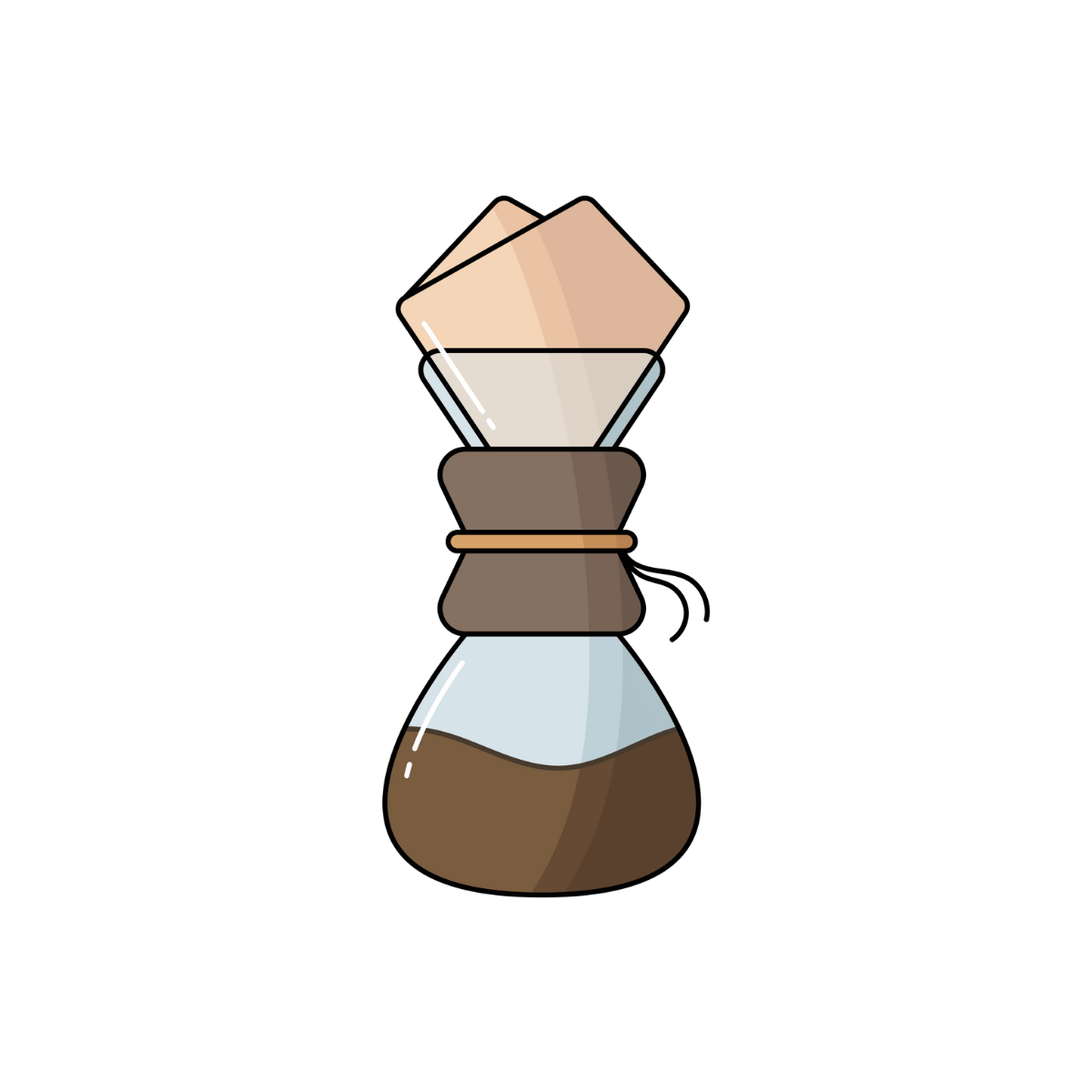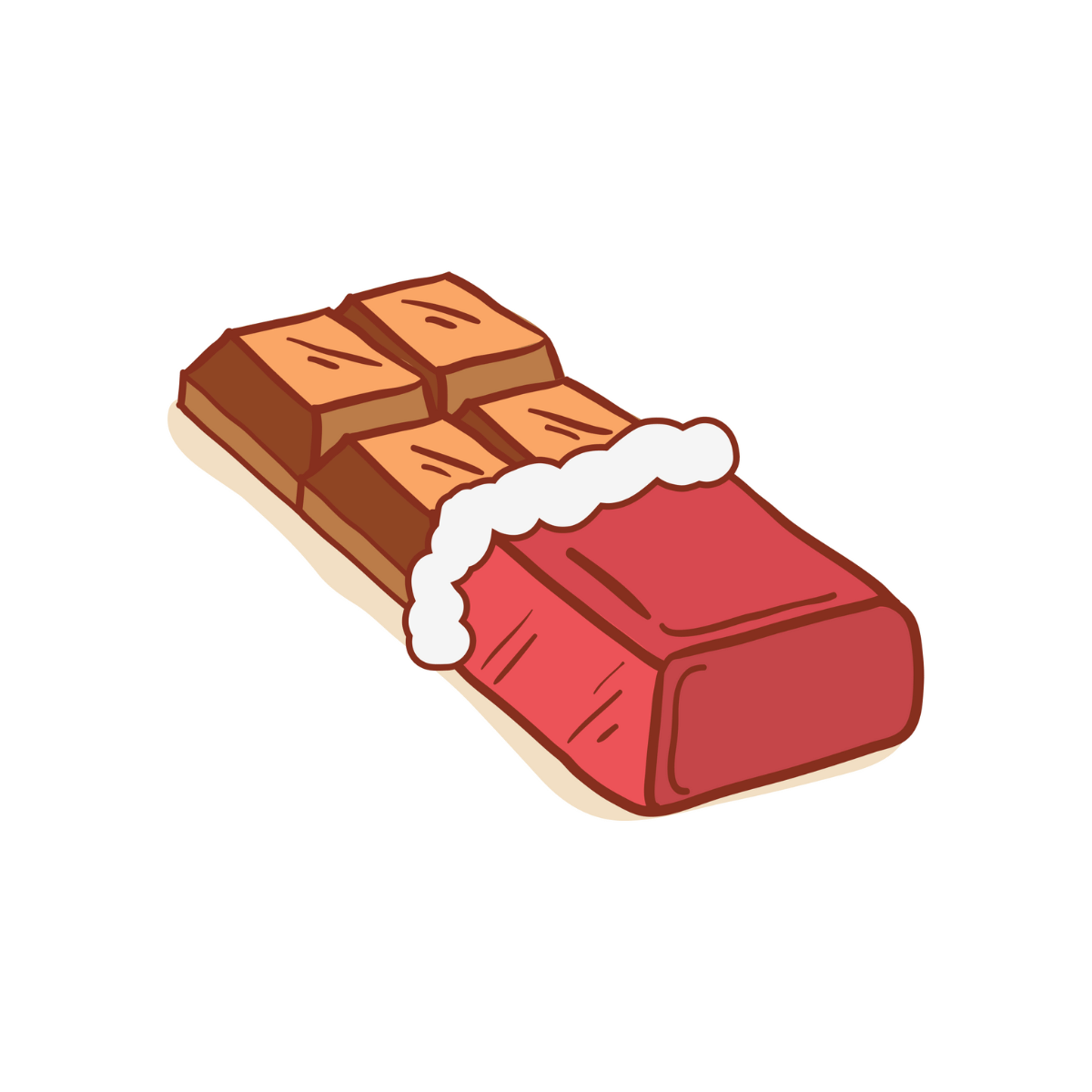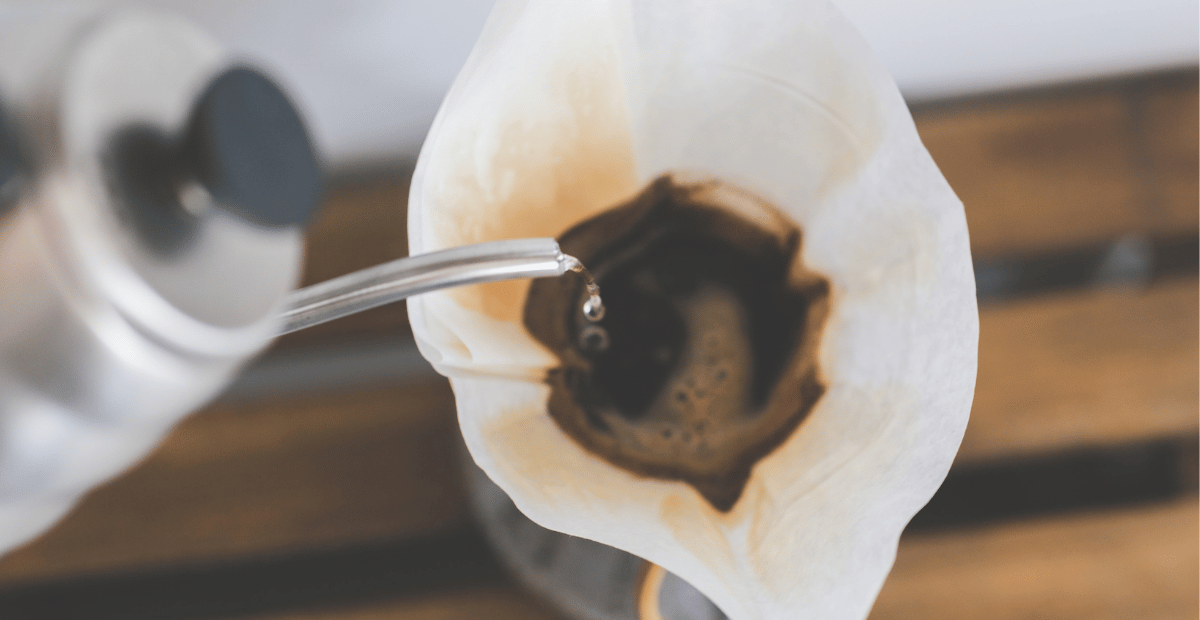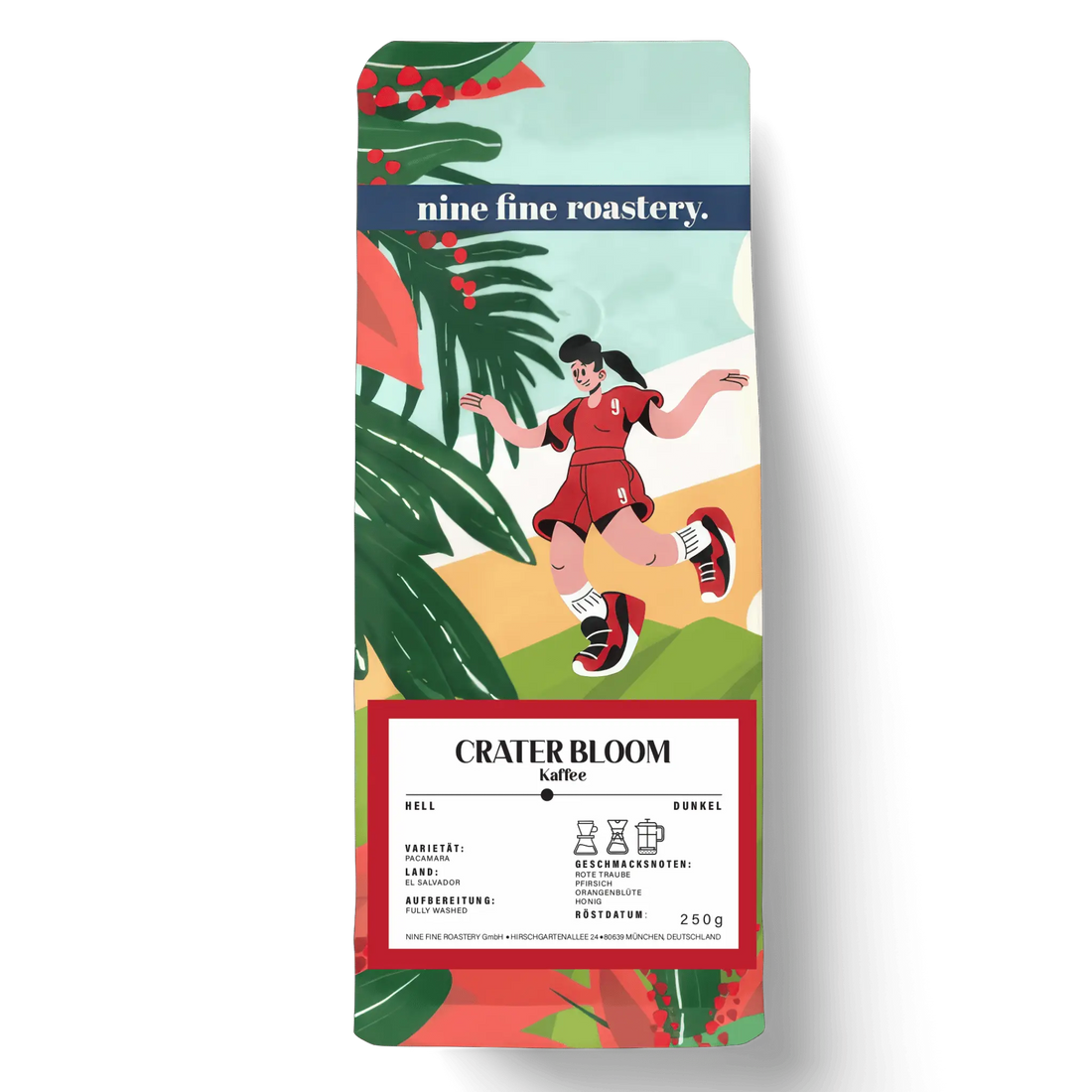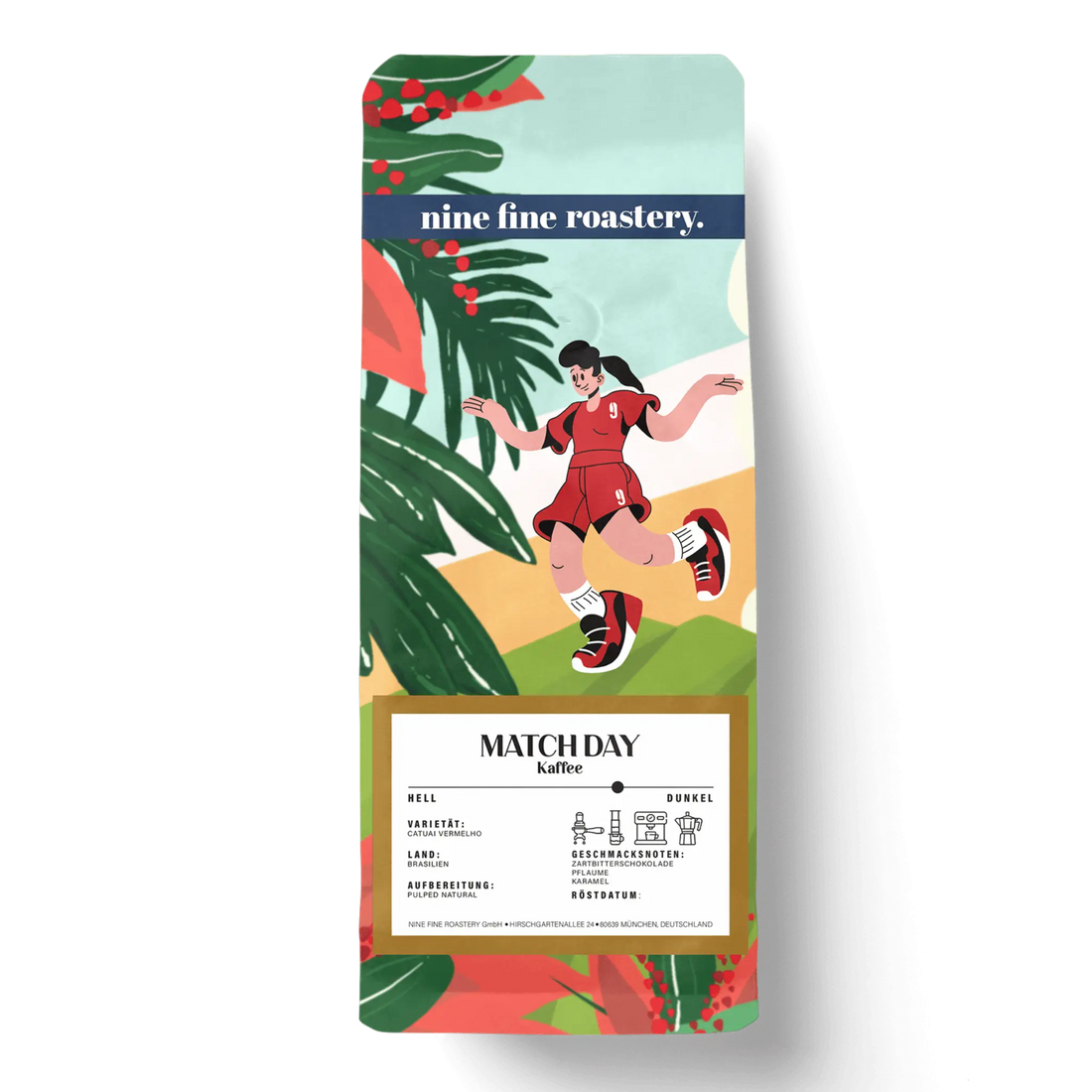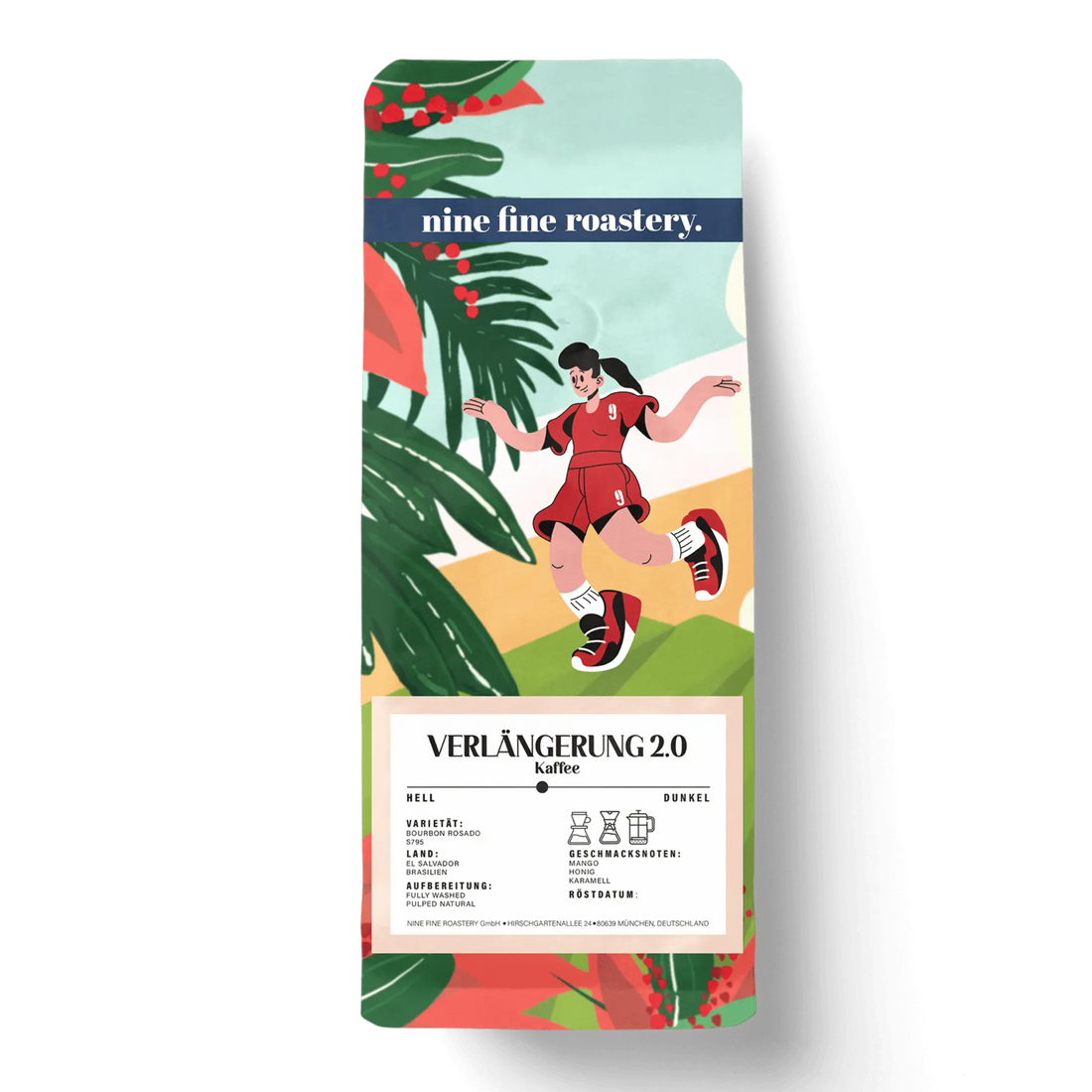The hand filter method for making coffee is a timeless classic. Although it was often found in Grandma's kitchen in the middle decades of the last century, it is making a significant comeback these days - and rightly so!
Hardly any other preparation method is as simple as the hand filter and at the same time delivers such delicious coffee.
This is how it works: 12-16 grams of finely ground coffee per cup (approx. 200 ml) is optimal. A fine scale is a great help, and the precision should not be underestimated for taste. If you don't have a scale, you can alternatively use a large tablespoon: approximately one heaped tablespoon is approximately 12 grams.
The grind of your coffee should be about as fine as table salt. Bend the edge of the paper filter and place it in the hand filter. You can rinse the paper filter in the hand filter with hot water from the kettle before use. This eliminates any paper aromas and allows the filter to reach an optimal temperature. Fill the hand filter with the ground coffee powder as evenly as possible.
Now pour some water onto the coffee - about twice as much water as coffee - and let the coffee swell. Then slowly add the remaining water in a circular motion. The brewing process takes about two and a half to three minutes.
Our recommendation: It is advisable to ensure a water temperature of around 90 °C. After boiling, let the water cool briefly. If the water is too hot, fine coffee particles can burn, resulting in a bitter taste.
Preparing coffee with the hand filter is uncomplicated. All you need is filter paper and a hand filter at home. However, the selection of hand filters is enormous - they are available in different materials, colors and price ranges. The material in particular – porcelain, glass, stainless steel or plastic – makes a significant difference.
Here are what we believe are the most important advantages and disadvantages of different materials when choosing a hand filter:
-
Plastic: Hand filters made of plastic are durable and are good for on the go (for example when traveling or camping). However, they tend to discolor with frequent use. It is important to pay attention to good quality (heat-resistant, food-safe plastic) to avoid health risks.
-
Metal: Metal hand filters are also ideal for making coffee on the go. They are extremely robust and resilient.
-
Glass: Hand filters made of glass are characterized by their attractive design and are personal favorites. However, they are comparatively more susceptible to breakage.
-
Ceramic: Hand filters made of ceramic are more robust than glass filters, do not tend to discolor thanks to a sealed surface and also look attractive! Here, too, it is important to pay attention to the quality of the hand filter when purchasing, as inferior ceramic filters can break or become discolored.
By using a paper filter, the filtered coffee has a very clear taste - a large part of the coffee oils and possible fine coffee grounds are retained. You can find more tips for good filter coffee in a separate article.


